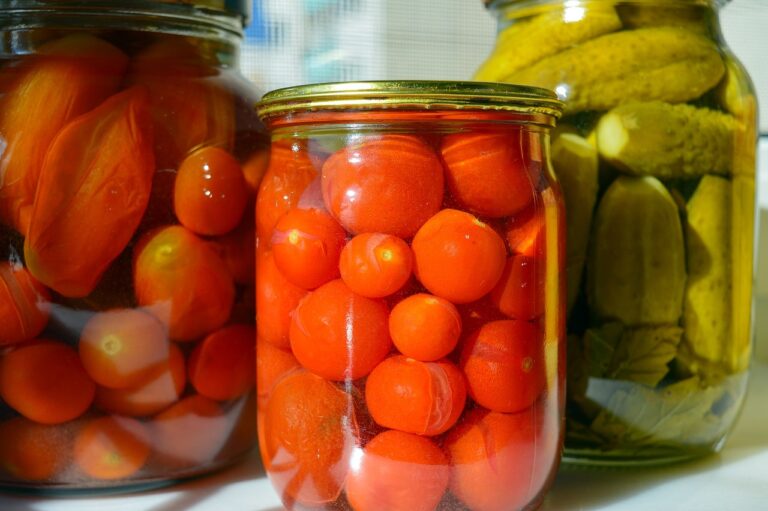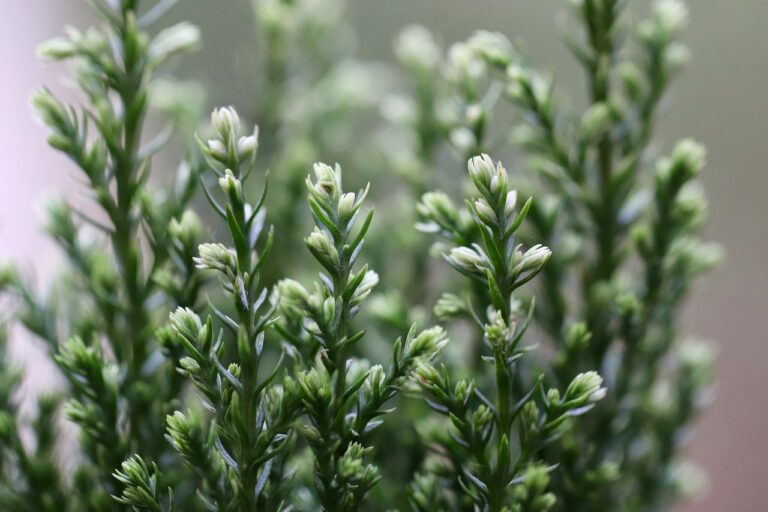Exploring the Different Types of Rubber Plants
I love exploring the various kinds of Rubber Plants like Ficus elastica Robusta, Decora, Burgundy, and more. These plants feature broad dark green leaves with distinctive characteristics, making them perfect for bright, indirect sunlight conditions. Their shiny foliage adds sophistication to any space, requiring attention to watering, light exposure, and avoiding common issues like root rot or pests. By understanding the different varieties and their care needs, you can cultivate a flourishing Rubber Plant collection that brings nature indoors. Mastering these details will help you create a vibrant and lush indoor garden.
Origins of Rubber Plants
Rubber plants, originating from southern Asia, particularly countries like China, Nepal, Malaysia, and India, have been known to reach impressive heights of up to 100 feet in their natural habitat. These plants are primarily valued for the latex they produce, which is an essential source of natural rubber. The rubber plant, scientifically known as Ficus elastica, is a species of fig tree and belongs to the Moraceae family. The latex from rubber plants is used in various industries, including the production of tires, footwear, and medical gloves.
The origins of rubber plants trace back to ancient civilizations like the Mayans and Aztecs, who utilized rubber latex for waterproofing and making balls for sports. There are two main types of rubber plants: Hevea brasiliensis and Ficus elastica. Hevea brasiliensis, commonly known as the rubber tree, is the primary commercial source of natural rubber. On the other hand, Ficus elastica, the rubber fig, is grown as an ornamental plant and has attractive broad leaves. Both types of rubber plants have their unique characteristics and uses in different sectors of industry and horticulture. Understanding the origins and types of rubber plants is essential for appreciating their significance and diverse applications.
Varieties of Rubber Plants
Originating from various genetic variations, the varieties of Ficus elastica present distinct characteristics that cater to various preferences and settings in indoor plant cultivation. Ficus elastica Robusta, known for its hardier nature, is more compact than the original rubber plant variety, making it a practical choice for those seeking a sturdy plant. On the other hand, Ficus elastica Decora features wider dark-green leaves with striking red veins, adding a unique and vibrant touch to indoor spaces. If you’re looking to infuse elegance into your home decor, Ficus elastica Burgundy is an excellent option with its purplish-black leaves and red midribs.
For a more visually striking impact, consider the Ficus elastica Doescheri with its variegated leaves displaying a mix of green, yellow, white, and grayish-green hues. This variety adds a pop of color and diversity to any indoor plant collection. Additionally, Ficus elastica Sophia stands out with its rounder and smaller green leaves, offering a distinctive choice for plant enthusiasts looking for something a bit different. Each variety of Ficus elastica brings its own unique characteristics and aesthetic appeal to indoor spaces, catering to a wide range of preferences and styles.
Rubber Plant Characteristics
With their sizable, substantial, shiny leaves, rubber plants, especially those from the Ficus genus, are highly preferred as indoor plants due to their aesthetic appeal and easy maintenance requirements. The Ficus elastica, commonly known as the rubber plant, displays several features that make it stand out among houseplants:
- Leaves: The leaves of the Ficus elastica are wide, tough, and dark green, adding a touch of sophistication to any room. These leaves can grow up to 12 inches long and 5 inches wide, providing a lush appearance.
- Types: Rubber plants come in various varieties, with variations in leaf color, size, and shape. Some types may have burgundy, pink, or yellow tints on their leaves, adding a burst of color to your indoor space.
- Variegated Varieties: Variegated rubber plants feature leaves with distinct patterns of different colors, such as white, cream, or yellow, mixed with the standard green. These variations create visually appealing foliage that can liven up any corner.
Understanding the unique characteristics of rubber plants, such as their large glossy leaves, diverse types, and variegated varieties, can help plant enthusiasts appreciate the beauty and versatility these plants bring to indoor spaces.
Rubber Plant Care Guide
When tending to rubber plants, it is essential to take into account their specific light requirements, as they flourish in bright, indirect sunlight. Watering frequency is key, with the general rule being to water when the top inch of soil is dry. Additionally, maintaining adequate temperature and humidity levels is vital for the overall health of these plants.
Light Requirements for Rubber Plants
Ensuring rubber plants receive bright, indirect sunlight is vital for promoting healthy growth and robust foliage. Here are key points to take into account regarding the light requirements for rubber plants:
- Optimal Growth: Rubber plants, such as Ficus elastica, thrive in bright, indirect light conditions.
- Leaf Development: Providing sufficient light is essential for healthy leaf development and overall plant vigor.
- Preventing Damage: Direct sunlight can harm rubber plants by scorching their leaves, making indirect light the preferred choice.
Placing rubber plants near a window with sheer curtains or in a well-lit room can effectively meet their light requirements. Remember, finding the right balance of light is crucial for the well-being of your rubber plant.
Watering Frequency and Method
To maintain the health of your rubber plant, it is important to understand the appropriate watering frequency and method. Water your rubber plant when the top inch of soil feels dry to the touch, as this helps prevent overwatering and root rot. Always use room temperature water to prevent shocking the plant and causing unnecessary stress. Allow excess water to drain out of the pot to avoid waterlogged soil, which can lead to root suffocation. Adjust the watering frequency according to the season and humidity levels in your home. A helpful tool to accurately determine when to water your rubber plant is a moisture meter, which can guide you in providing the right amount of hydration for best growth.
Temperature and Humidity Levels
Understanding the ideal temperature and humidity levels is essential to ensuring the health and growth of Ficus elastica (Rubber Plants) in your care. Maintaining ideal conditions for temperature and humidity is vital for the well-being of your plants. Here are three important factors to keep in mind:
- Rubber plants thrive in temperatures ranging from 50F to 85F for the best growth.
- They prefer moderate to high humidity levels, making them suitable for environments with consistent humidity levels.
- Sudden changes in temperature or humidity can stress rubber plants, leading to issues like leaf drop or yellowing.
Providing a warm and humid environment that mimics their natural habitat is necessary for promoting healthy growth and longevity of your rubber plants.
Light Requirements for Rubber Plants
Different varieties of rubber plants show varied light requirements, affecting their growth and appearance greatly. Understanding the perfect light conditions and sunlight exposure needs for each type is crucial for their ideal development. Providing the suitable lighting can improve the vivid colors and patterns of rubber plant leaves.
Ideal Light Conditions
Rubber plants require bright, indirect sunlight to thrive indoors, with red varieties benefitting from slightly increased light levels to maintain their vibrant colors. Adequate light is essential for the development of their glossy leaves. Insufficient light can lead to leggy growth and overall diminished plant health. To guarantee ideal growth, place rubber plants near south or west-facing windows where they can receive the necessary indirect sunlight. Keep in mind that different varieties may have slightly varying light requirements, so it’s important to monitor your specific plant’s response to light levels. Providing the right amount of light will contribute significantly to the health and appearance of your Ficus elastica.
- Bright, indirect sunlight is crucial for rubber plants.
- Red varieties need slightly more light for vibrant colors.
- Glossy leaves develop best with ample light.
Sunlight Exposure Needs
To guarantee ideal development and well-being for your rubber plant, providing sufficient bright, indirect sunlight is essential. Rubber plants, including varieties like the Ficus elastica Robusta, thrive in environments with good light, although they can tolerate lower light conditions. However, red varieties such as the Ficus elastica Red Ruby require slightly more light to maintain their vibrant colors. Placing your rubber plant near south or west-facing windows ensures it receives the right amount of indirect sunlight for indoor growth. Sufficient sunlight exposure is vital for promoting the growth potential and overall health of rubber plants. Remember, finding the right balance of light for your specific rubber plant variety is key to fostering its well-being and vibrant appearance.
Watering Tips for Rubber Plants
When establishing the best watering timetable for your rubber plant, it is important to monitor the soil moisture levels regularly to avoid potential issues such as overwatering or underwatering. Here are some practical watering tips to help you care for your rubber plant effectively:
- Check Soil Moisture: Water your rubber plant when the top inch of the soil feels dry to the touch. This helps prevent overwatering and root rot.
- Provide Good Drainage: Make sure your rubber plant is not sitting in waterlogged soil, as it prefers well-draining conditions to thrive.
- Adjust Watering Frequency: Depending on the season and humidity levels in your home, you may need to adjust how often you water your rubber plant to meet its needs.
Monitoring your rubber plant for signs of overwatering, such as yellowing leaves, and underwatering, like droopy leaves, is important for maintaining its health. Keep in mind that it’s better to slightly underwater your rubber plant than to overwater it, as this can lead to more severe issues with root health. By following these watering tips and observing your plant’s behavior, you can help it grow strong and vibrant.
Common Issues With Rubber Plants
Observing the well-being of your Ficus elastica, commonly known as the rubber plant, is essential as different common issues can affect its growth and vitality. Overwatering is a significant concern for rubber plants, as it can lead to root rot due to the plant’s roots suffocating from excess water. To prevent this, make sure the plant’s soil dries out between waterings.
Nutrient deficiency is another issue to watch for in rubber plants. Yellowing leaves may indicate a lack of essential nutrients such as nitrogen, iron, or magnesium. Consider using a balanced fertilizer to provide the necessary nutrients for healthy growth.
Pests can also pose a threat to rubber plants. Spider mites are a common issue, causing stippling on leaves and webbing on the plant. Mealybugs are another pest that can infest rubber plants, typically found in the leaf axils and other hidden areas. Regularly inspect your plant for any signs of pest infestation and address them promptly to prevent further damage.
Lastly, sudden environmental changes can cause rubber plants to drop leaves. Maintain consistent light, temperature, and humidity levels to avoid stressing the plant. By being proactive in addressing these common issues, you can help your rubber plant thrive and remain vibrant in your indoor space.






